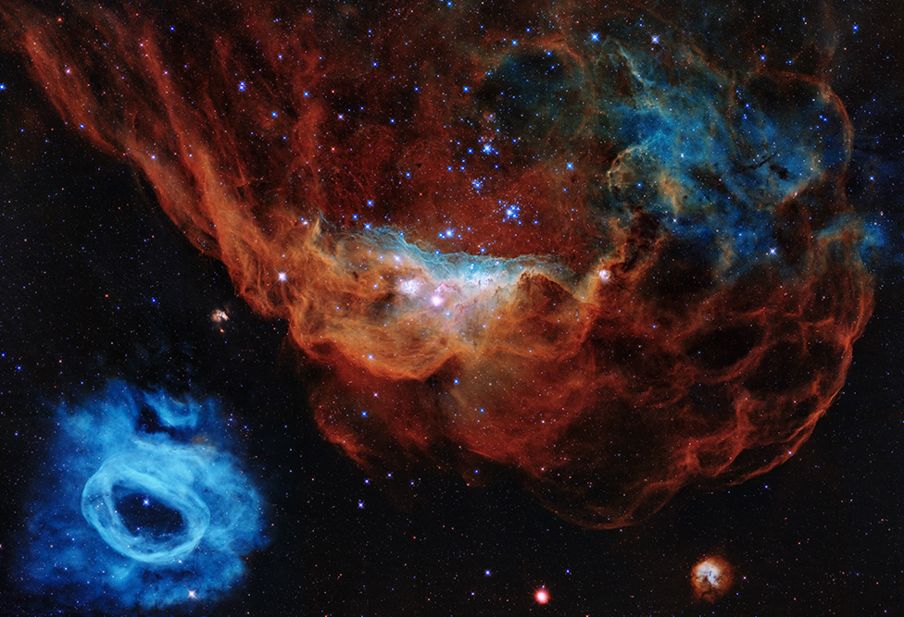ı would calculate that to be an idea that he could be carried away amongst his friends in CFC . Nobody in his right mind would ever consider me friendly , but even that can come into effect . Check my last post in the thread , heading the last page , ı think . Where it can be made to look like or directly interpreted to say American rights in space to be challenged , because ı have no obligation to avoid destroying American satellites and what not except , you know , me being a decent well behaved person . What does not mean for the US Space lndustry ? That it will have no reason to exist ? What does that mean for someone who has obviously spent his life to be part of the said ?
unjustified and silly r16 posts . Convictions to be never judged , before commitments fully considered . My country has been through a farce , making my experience a farce of a farce , but you can't tell until you have some measure of people who will or might try to impose things on you . Somewhat or actually competent or heroes like "köpeksiz köyde değneksiz gezenler" , people boldly walking around in the village , not carrying a stick as there are no dogs . For which you might need some history stuff on whether it was possible to be eaten by street dogs in lstanbul of the 19th century . No , ı was the same way before the attack on Tankograd , which you won't look up for , because you know where the browser will take you and whom . So , it was Obama's fault anyhow ... ? ...
said r16 posts are silly and full of rants . People should have linked the thread where people talk of whom who leave and arrive and there is like this unjustified thing there about Darth Vader waking up to find himself imprisoned into a "prison" by Palpatine and losses and stuff . Well , the Stuntwoman could have been arranged to call that person , because she was in one of that person's newer films as a passerby in the street and might have the phone number and that person would have said "Uh, that was 2005 and it's a movie and I have made a few more since then... And have an Oscar, too!" so like no point for stuff . Am not Lord Vader in any case .




